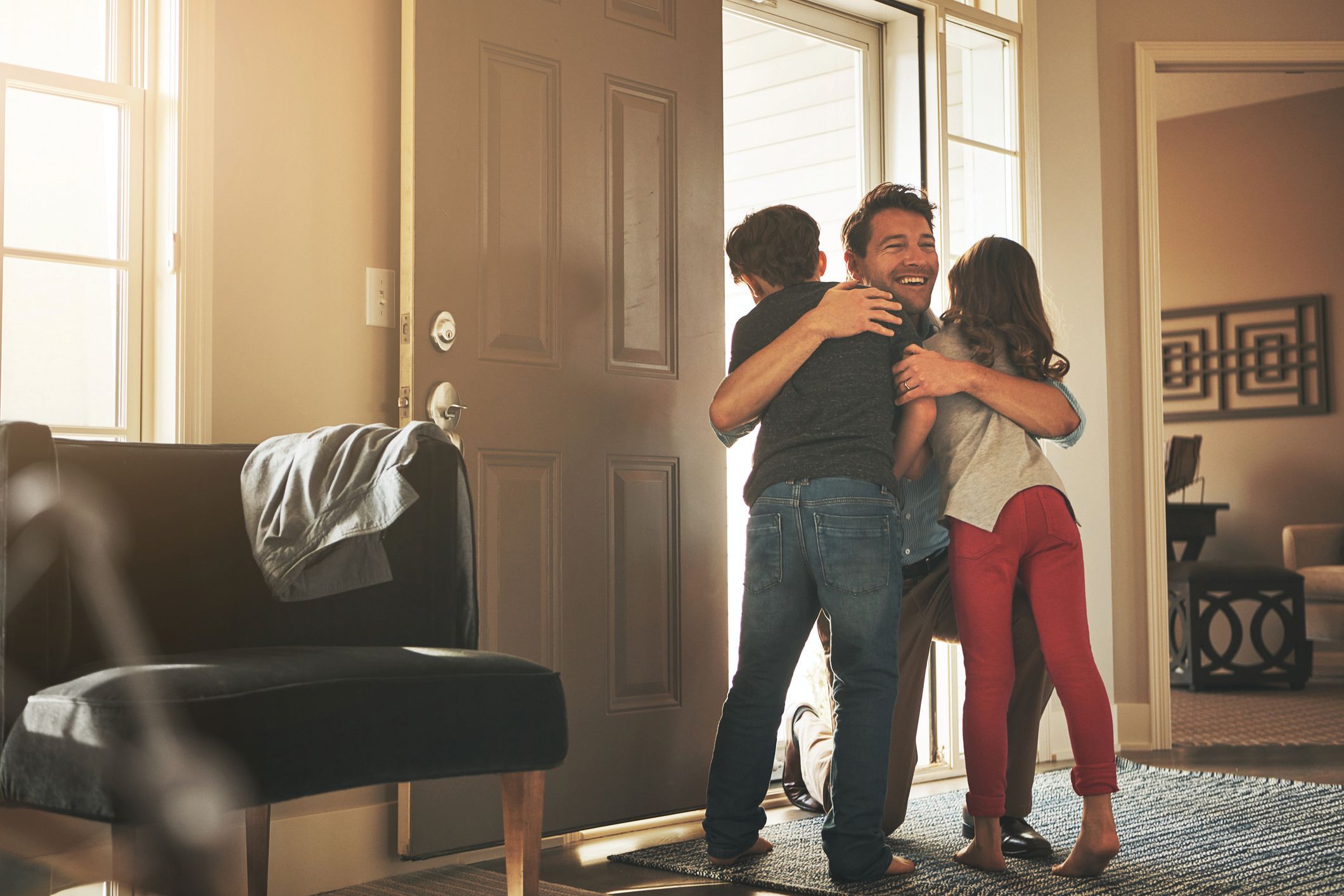During an emergency, technology helps communities share life-saving information. Public safety innovations such as automatic text messages and emergency alerts help people stay prepared and react to emergencies quickly and effectively.
Community Engagement
Community safety technology empowers individuals to play an active role in their safety. If your community is prone to certain disasters, local authorities can use their website to publish resources on preparing for and reacting to a disaster. This also creates a centralized space for residents to return to for updates on the disaster event.
Communities can use technology to organize relief efforts, recruit volunteers, and find support. For example, if the community is forced to evacuate, community members who do not have a vehicle can use the platform to find a ride.
Real-Time Communication
- To sign up to get preparedness tips: text PREPARE to 43362.
- To search for open shelters (for disaster survivors): text SHELTER and a ZIP code to 43362.
- To get a list of all keywords you can subscribe to: text LIST to 43362.
- To unsubscribe (at any time): text STOP to 43362.
- Before a disaster, follow local government on social media to stay up to date with official information before, during, and after a disaster.
- Sign up for X alerts from trusted government agencies to receive critical information.
Emergency Alerts
Communication can mean the difference between safety and harm during a disaster event. Social media and emergency apps are a great resource for finding up-to-date information on weather updates, evacuation routes, and other emergency information. Check with your local government for more information on how they share emergency updates. Some examples include:
Wireless Emergency Alerts (WEAs): Quick alerts that authorities send to WEA-enabled mobile devices in a specific area. A national public warning system the President (and other alerting authorities) uses to address the nation during a national emergency. The system delivers important information such as weather information, imminent threats, AMBER alerts, and local incident information targeted to specific areas.
National Oceanic and Atmospheric Administration (NOAA) Weather Radio All Hazards (NWR): A nationwide network of radio stations that broadcast official warnings, watches, forecasts, and other hazards. NWR also broadcasts alerts of non-weather emergencies such as national security or public safety threats.
FEMA Mobile APP: This FEMA app allows you to receive real-time weather and emergency alerts, send notifications to loved ones, locate emergency shelters, find Disaster Recovery Center locations, get preparedness strategies, and more.
FEMA text messages: Get updates from FEMA through text.
Backing Up Documents
Americans who have faced a disaster or other emergency know the challenges of rebuilding their lives. In these stressful times, accessing personal, financial, insurance, medical, and other records is crucial for recovery.
Several apps for mobile devices let you use your phone’s camera as a scanning device. This lets you capture electronic versions of important documents such as insurance policies, identification documents, medical records, and pet information. Remember to back up:
- Identifying information
- Photo ID (to prove identity of household members)
- Birth certificate (to maintain or reestablish contact with family members)
- Social Security card (to apply for FEMA disaster assistance)
- Military service
- Pet ID tags
- Household information
- Housing payments (to identify financial records and obligations)
- Insurance policies (to reestablish financial accounts)
- Sources of income (to maintain payments and credit)
- Tax statements (to provide contact information for financial and legal providers and to apply for FEMA disaster assistance)
- Medical information including:
- Physician information (in case medical care is needed)
- Copies of health insurance information (to make sure existing care continues uninterrupted)
- Immunization records
- Medications
- Household contact information including:
- Banking institutions
- Insurance agents
- Health professionals
- Service providers
- Place of worship
Keep your contacts updated and synced across all your channels, including phone, email, and social media. This will make it easy to reach out to the right people quickly to get information and give updates. Consider creating a group chat of your top contacts. Group chats are also a great way for family, friends, and coworkers to communicate quickly during a disaster.
If you are searching for a mobile app platform that can effectively communicate and share emergency preparedness information, visit the QuickSeries® website. Our apps are tailored to your communities’ specific needs, so you are reaching the right people with the right information, when and where they need it.
